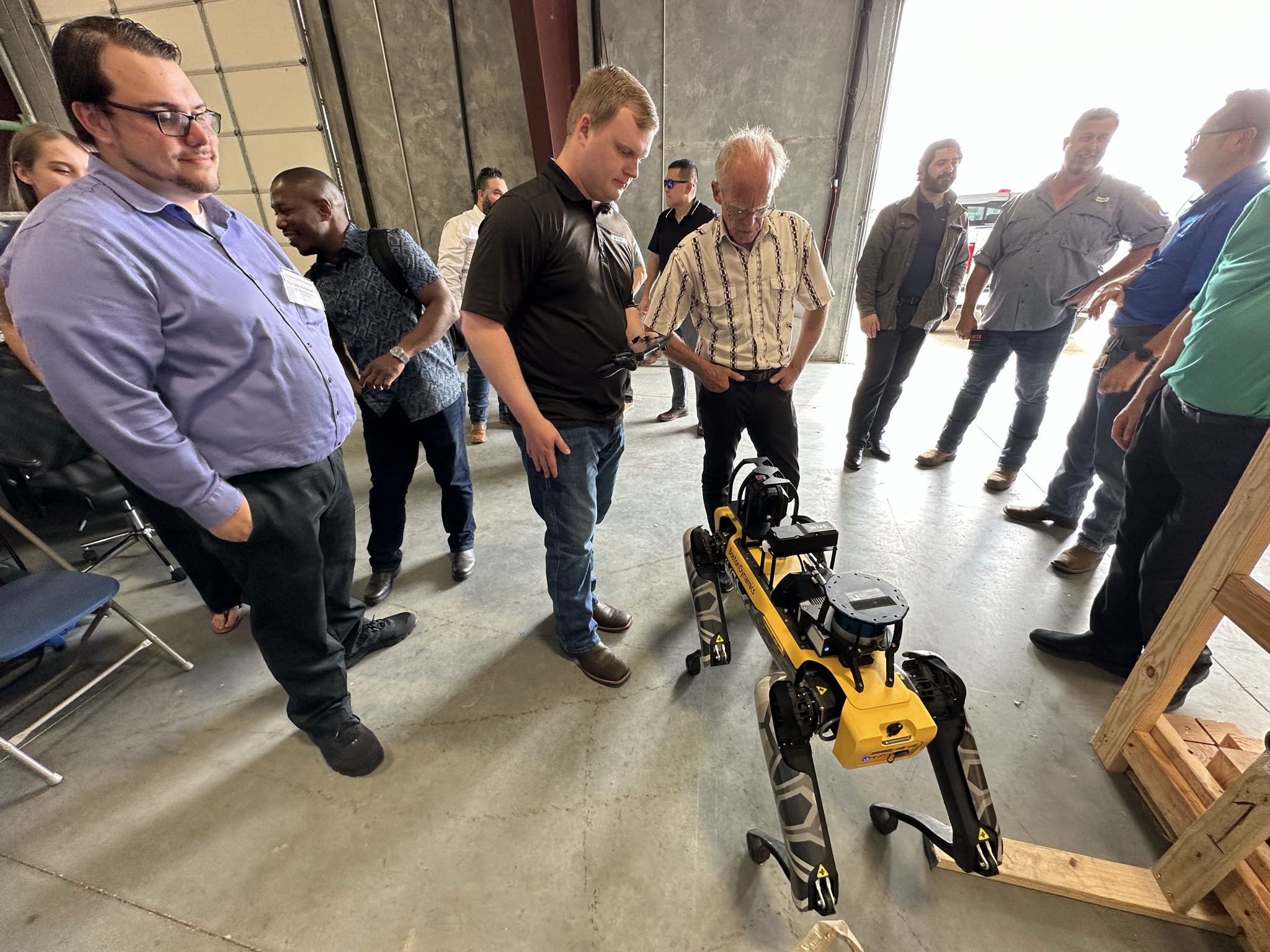Subsea Systems Institute Successfully Debuts Robotics in Energy Course By Ed Bailey
 Robotic systems have become an essential technology in the energy industry, thanks in large part to robots’ ability to operate in hazardous environments. Still, several hurdles are impeding large-scale adoption and efficient use of robotics systems.
Robotic systems have become an essential technology in the energy industry, thanks in large part to robots’ ability to operate in hazardous environments. Still, several hurdles are impeding large-scale adoption and efficient use of robotics systems.
To help upskill industry workforce, the University of Houston’s Subsea Systems Institute alongside SPRINT Robotics began its robotics-focused micro-credentialing curriculum with “Robotics in Energy” earlier this month. The two-day course brought together professionals from the oil and gas, offshore and renewable sectors with the goal of providing hands-on experience with state-of-the-art robotics technologies.
“This course shows that UH is leading the charge to address the critical workforce challenge in robotics, as well as various technology areas, in the energy sector in the great Houston area and beyond,” said Wenyu Zuo, SSI coordinator of the robotics curriculum. “The dialogue and feedback from all participants of this one will help us improve our program, making it more relevant and useful.”
The first day featured numerous presentations focused on the critical issues involved in the implementation of robotics in industry. Geared toward in-depth exploration of risk analysis, safety and reliability, and business impact, the course enabled participants to get ahead of the curve for the upcoming digital evolution within energy.
The second day included a site tour at Sonardyne where instructors led demonstrations of robotics technologies and encouraged further dialogue on the state of the robotics industry. In all, attendees were impressed with the itinerary, with several anticipating the next robotics modules.
“Robotics is the technology of the future especially in the unattended facility development in the oil and gas industry,” said Festus Atomon, course participant and asset performance advisor at Chevron Technical Center. “So, I was really excited to see and hear industry players discuss how to synergize and reap the benefit of the technology. I learned a lot and hope to continue the engagement in the future.”
Domenico Bellistri, director of innovation at AUT Solutions, added that the ideation with fellow professionals was a difference maker.
“It was great attending the course and interacting with all the professionals that were there,” Bellistri said. “I felt like I had more insights in these two days than with all the previous webinars and conferences I attended.”
Johnny Eliasson of Chevron called the Robotics in Energy course a needed step in the right direction, adding that it shone a light on the need for standards within the industry.
“I found the course very enlightening and entertaining,” Eliasson said. “Many gaps in the robotics industry and its market approach were in my mind identified, which is great. I believe it is the optimum time to get the various parties together to agree on what the target is.”
The Robotics in Energy course is the first of four modules within the robotics curriculum. The remaining courses – Robotics Foundation, Automation and Autonomy, and AI & the Vision for Integration – will be offered later in the year. To learn more about these courses, email uhenergy@uh.edu.